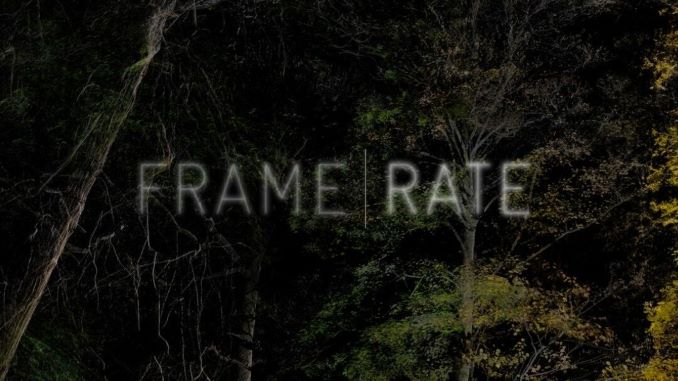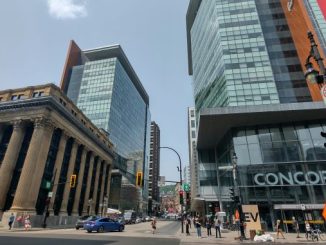Looking at the various damage to the geological levels of our world shows us the way that it’s building. An exhibition by Phi Centre called ” FrameRate: Pulse of the Earth ” shows various 3D Timelapses of the earth to create not just art but data. They use this integral range of photography of the earth to show the scale of human damage to nature. We use these measurements to make predictions of the way it will continue to be built, and the way it can also be destroyed. When we look at the earth over time, it shows us things like what the earth is doing, and even what it’s using to do that. We can use this data to compare our human damage rates to get ideas of what has to stop, and where.

The Phi Centre says that it studies art and other things that show human inhibition. Through this exhibition, it shows places like the U.K, which though is heavily financed in its’ own ecology and is even using much of the rest of the world’s like through importing, is still destroyed by the way it manages itself. It shows things like the unfitness of political control in ecology, and our lack of concentration in ecological destruction. Montreal held the 2022 COP meeting, and since then it has sparked many conversations in Montreal and in Canada about their climate actions. The way Montreal should spark action within the community is to exhibit things like these to continue to bring attention to the world and who is in power of it. Whatever is controlling us, whoever it is, like the U.K, are failing earth’s natural ecology through political, economic, social and ecological measures that continue to create these barriers of study taken into action.
The title is interesting and can be taken apart and understood like any idea, or any title. Often titles are like art and can carry many meanings, or a lot of intentions and be constantly evoking this. For this title, much like also the experience of their Timelapses, it’s interpreted both directly and metaphorically. Feeling the pulse of the earth is not just looking at what’s happening, but moving with the beat of it, or in another metaphor, looking at the heart of the problem. Looking more at this problem, this study of Land Fragmentation in Europe has many different people working on the ecological phenomena impacting our world today.
From Luis Francisco Madriñán, PhD, from Concordia University, working in the Department of Geography, Planning and Environment to the European Topic Centre on Spatial Information and Analysis, its’ sources present themselves to the world as a contemporary critical critique. It’s a great benefit to look at the European fragmentation process in reflection on ourselves and the fast, globalized world. With so much happening, it’s important to try to keep up. Trying to look at these large places of power, and reflect it in Canada gives us the power too. The Industrialized damage shown in this British imaging shows their impact even to their own grounds when they control it like rest of world. Similar to a politician or president who is removed for being unfit for their role, this political control is also out of hand. The tech imaging used is really highly regarded in a technological way and ecological way, and its use in art provided a look at the artistic institutional levels and economic levels that exist.
Through both, it shows the powers like the institutional necessity to remove harmful positions done through facts or technology strong enough to prove it so. The chaos is just one part of the universe, and of the world, but the impact of human destruction is a completely different thing. With aspects from manmade materials to manmade layers, we have created different routes in the world’s plans. The reason for this exhibition exemplifies many ideas in the way that art reflects times of humanity. At this point in human culture, integrating the intense use of 3D timelaspes uses things like technology and geological imaging to show where we are at this point in the world.
The last decades have seen the world collapse in a way that the world wasn’t preindustrially. Filled in a world of humanistic chaos, it takes something outside of literature and business to image and show the world to face it in a way that continues to be denied. It sees things beyond reasoning to provide a truth that is more logical than any argument. Somehow, it continues to be argued, these facts of integral damage of the world, and with things like people in power controlling countries with the majority of power that continue to promote war and business against not just an economic balance of the world, or humanistic one, but even an ecological one, we are killing the earth, besides ourselves and human culture. In order to reassess things within human culture, art is used in mediustic ways that manage it over ideas, places, and people that could. One person’s, or even a group of people’s words are only as good as the action they take, and art has a way of going beyond words and making a statement and taking action in itself. Rather than needing to be reflected on, something like this critique of it would only bring it to light in ways that it already exists.
Landscape Fragmentation Studies



